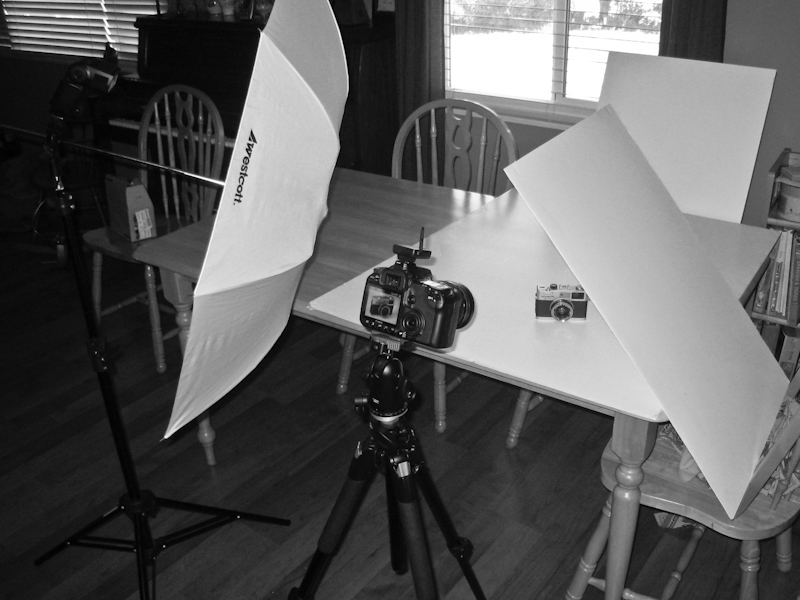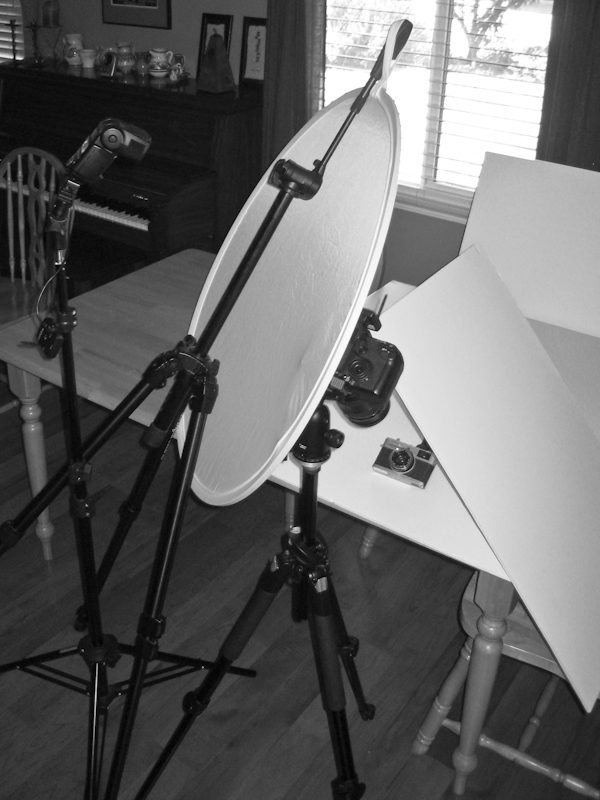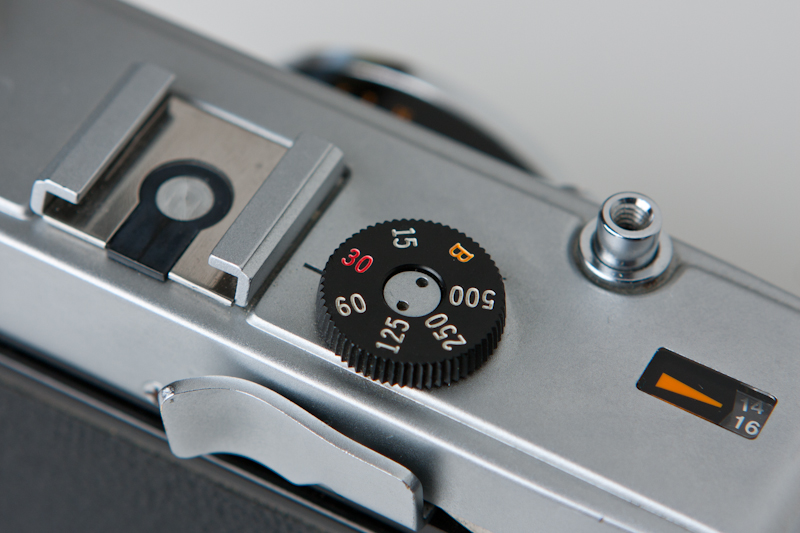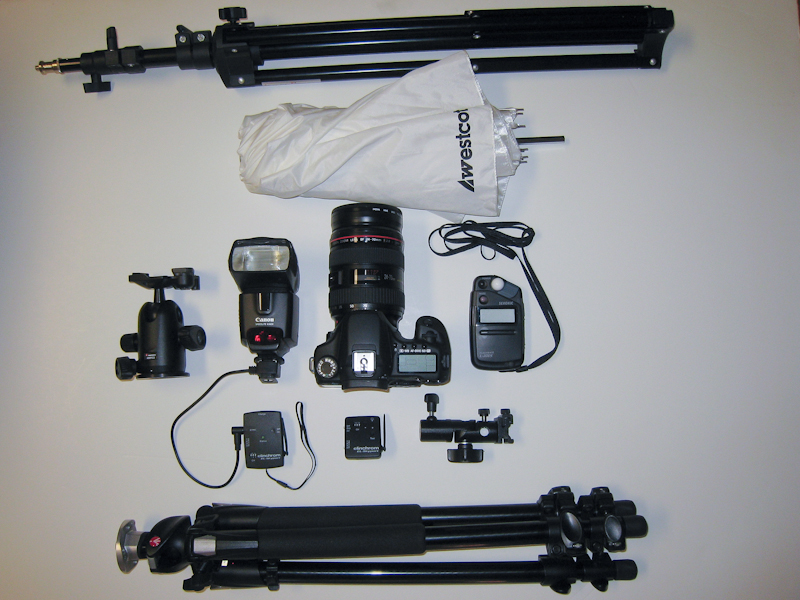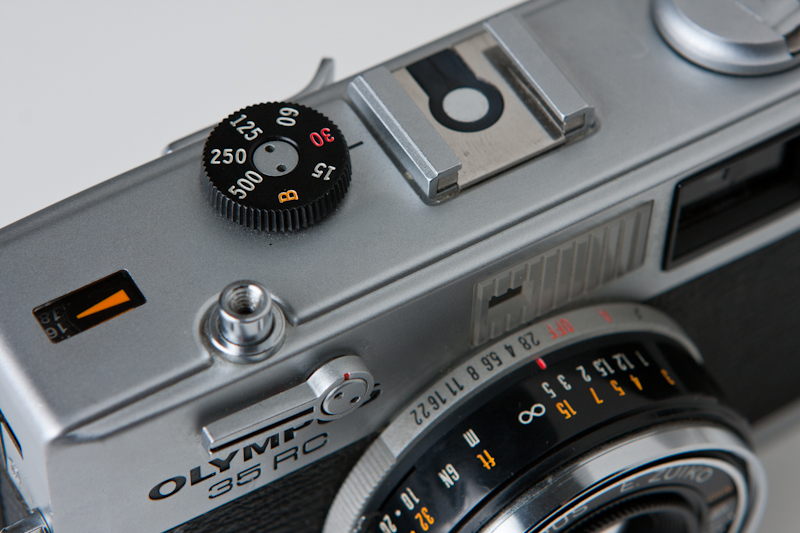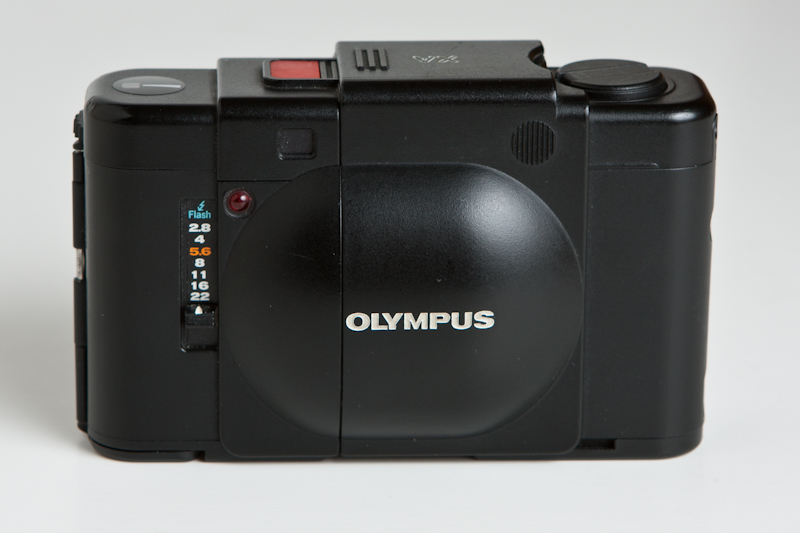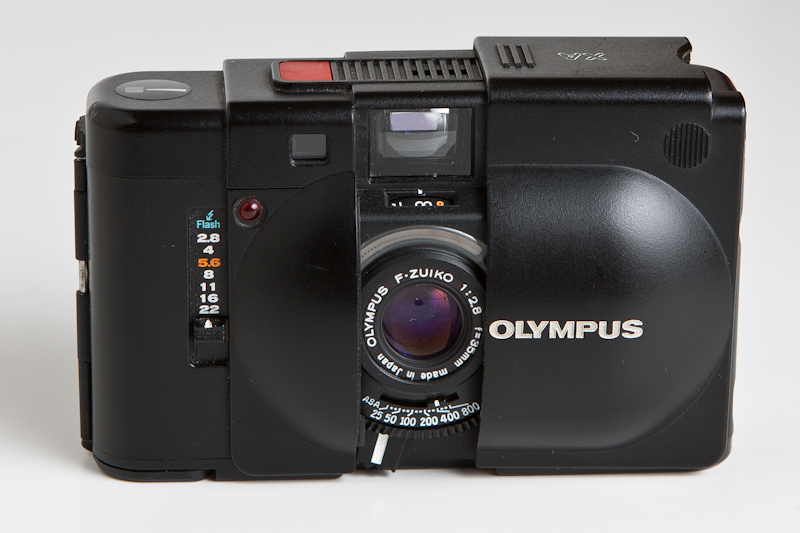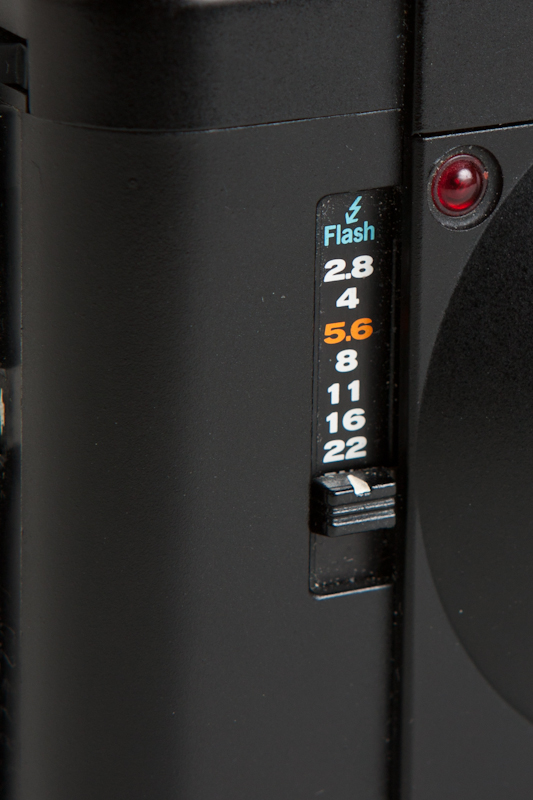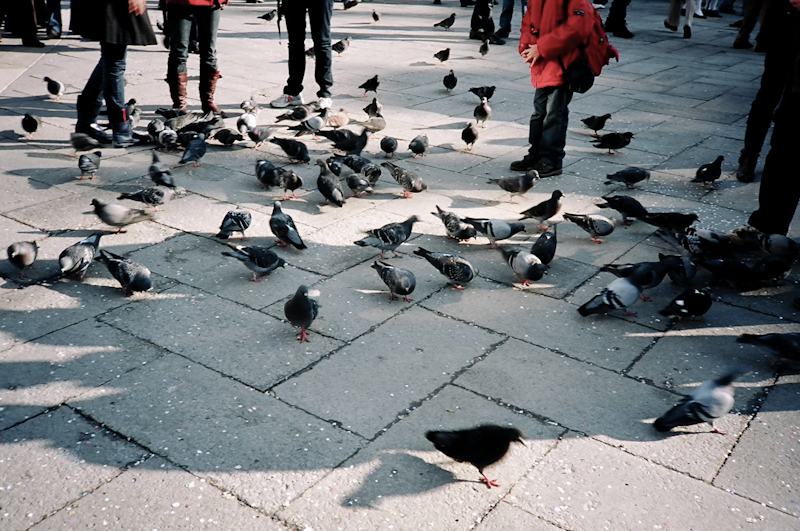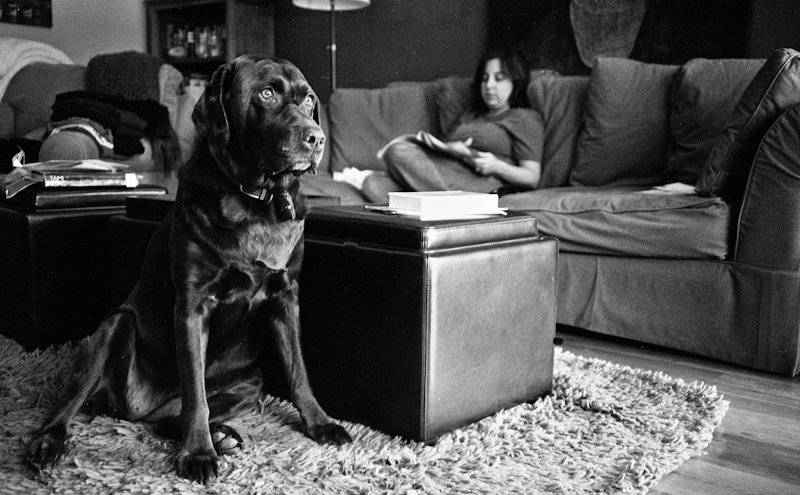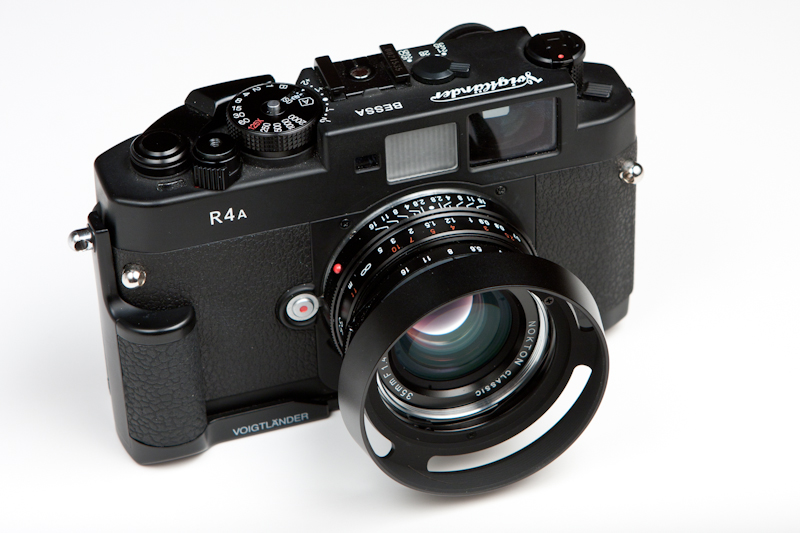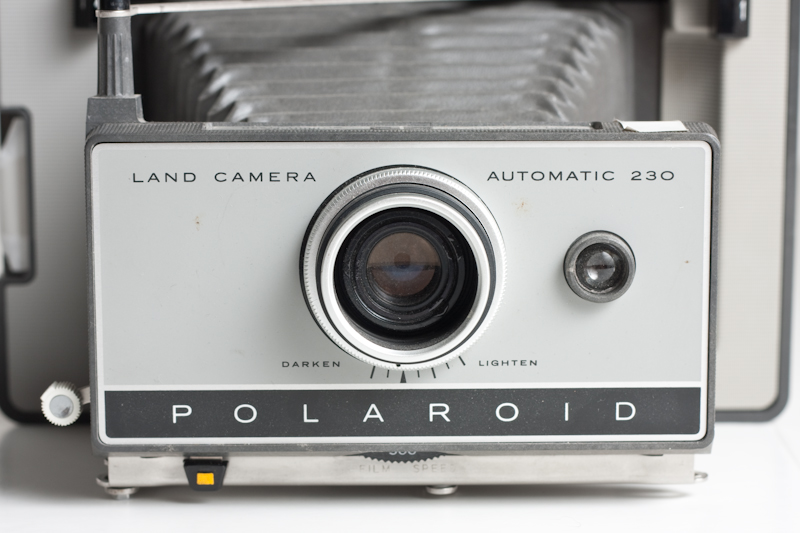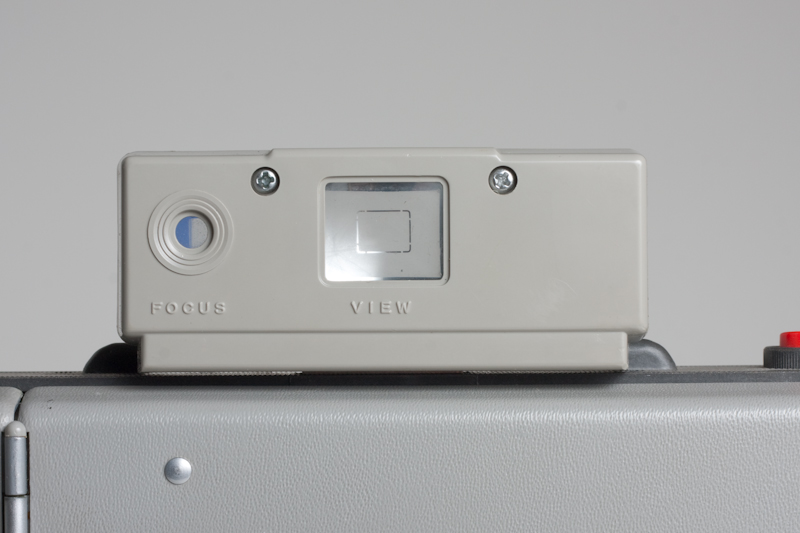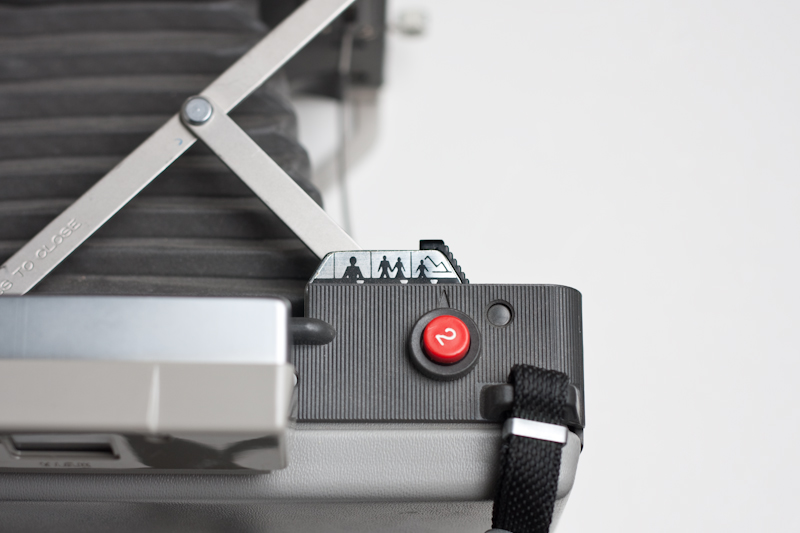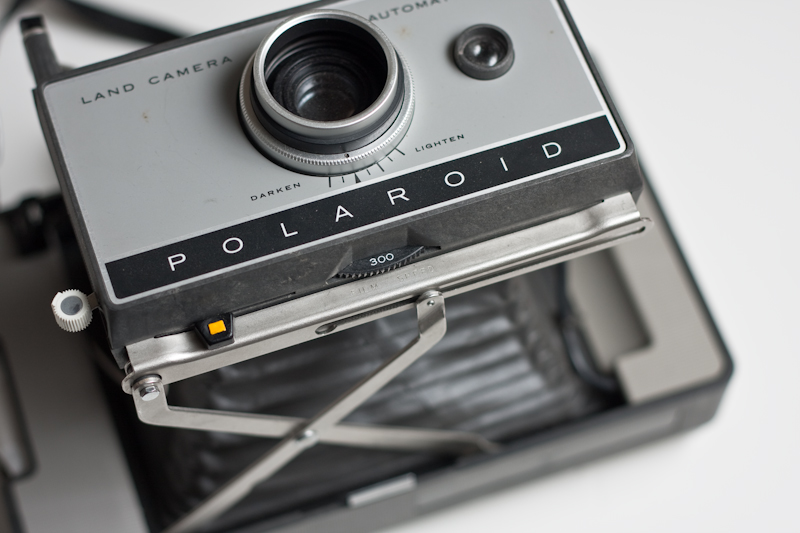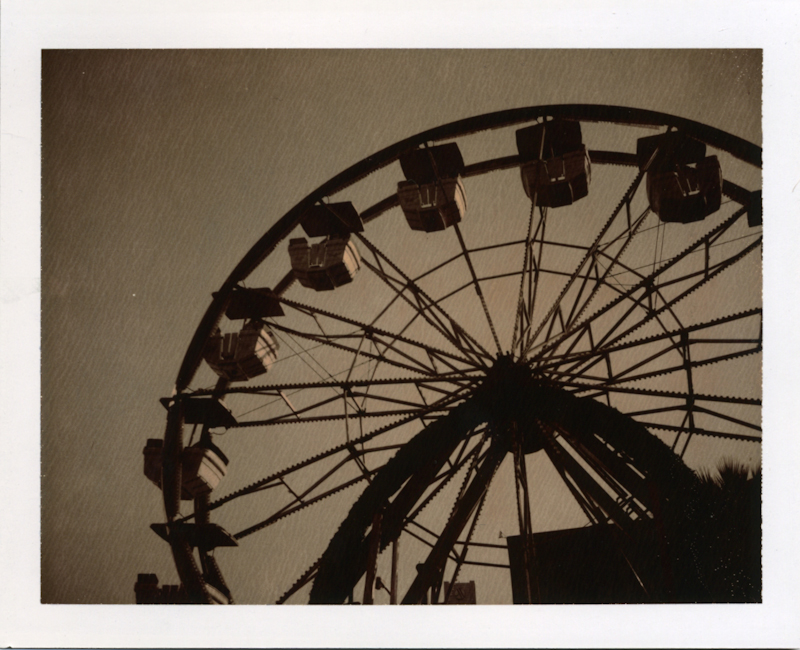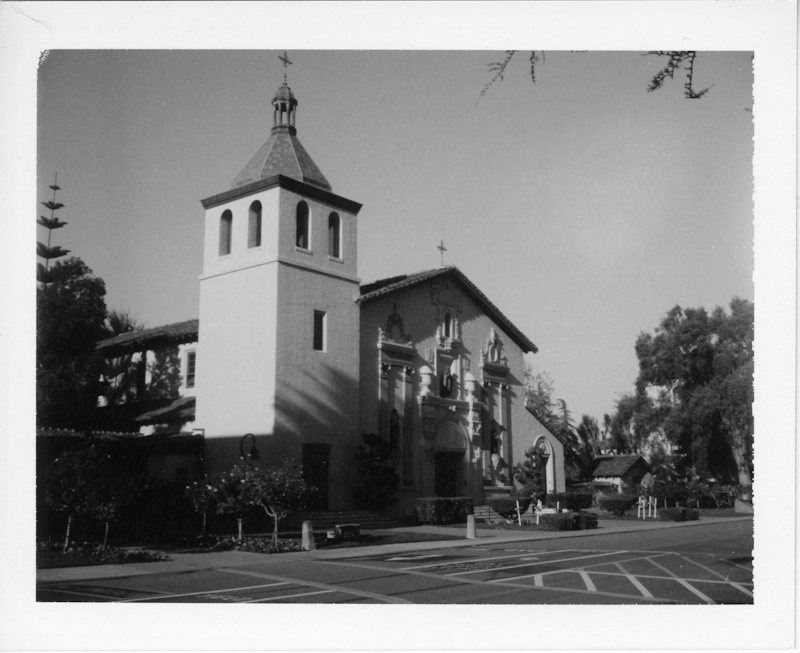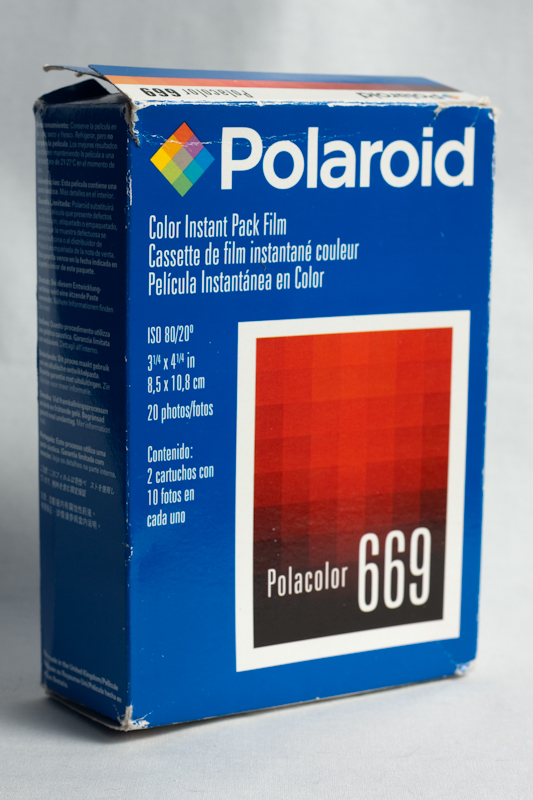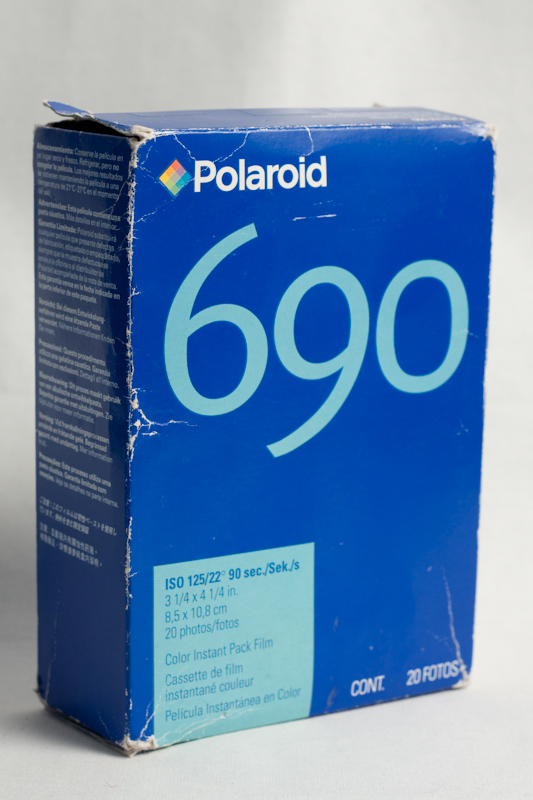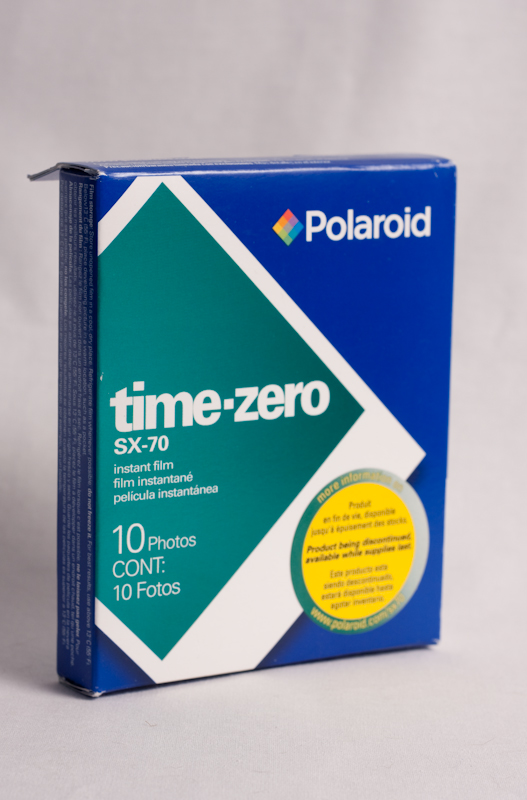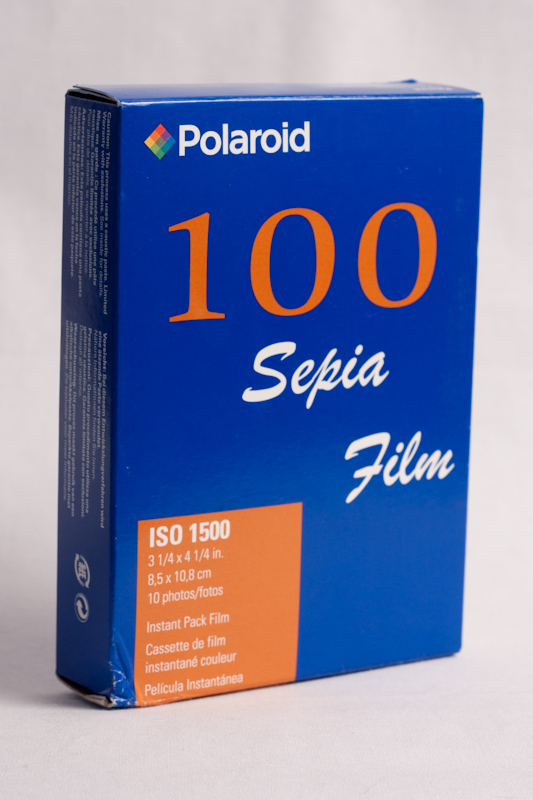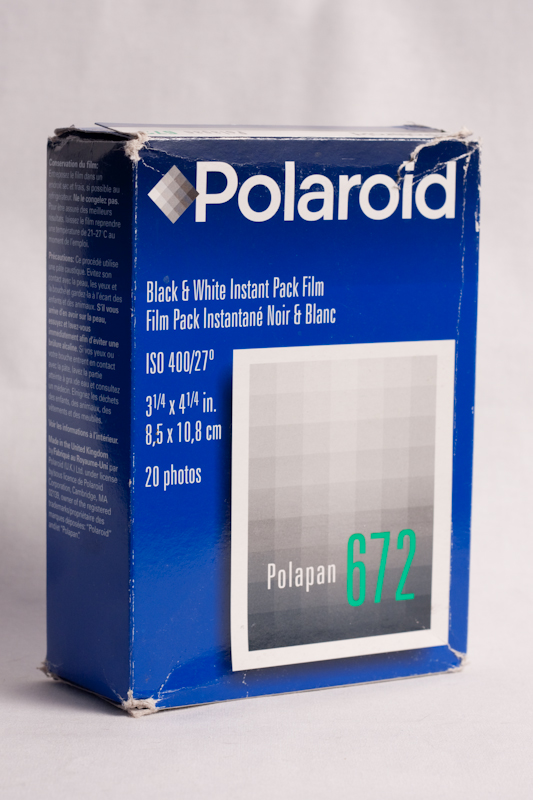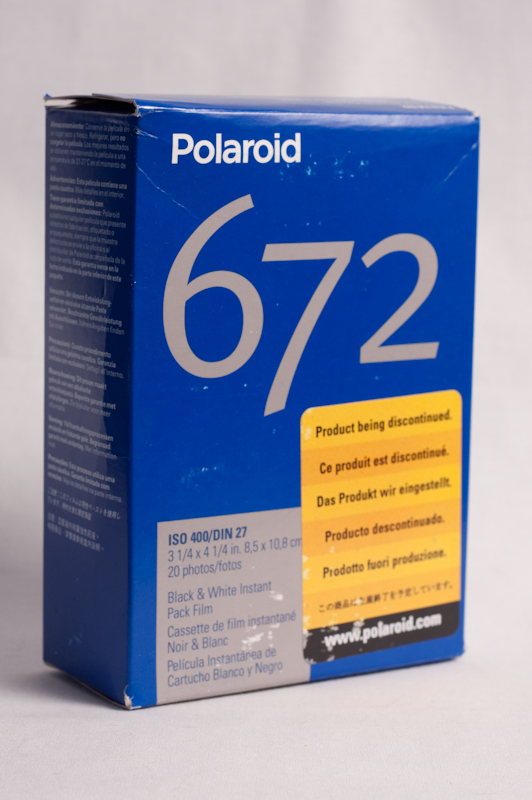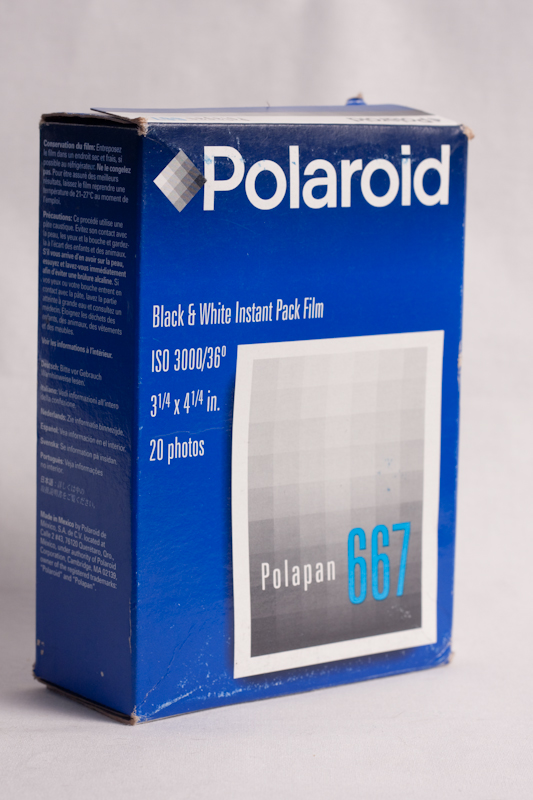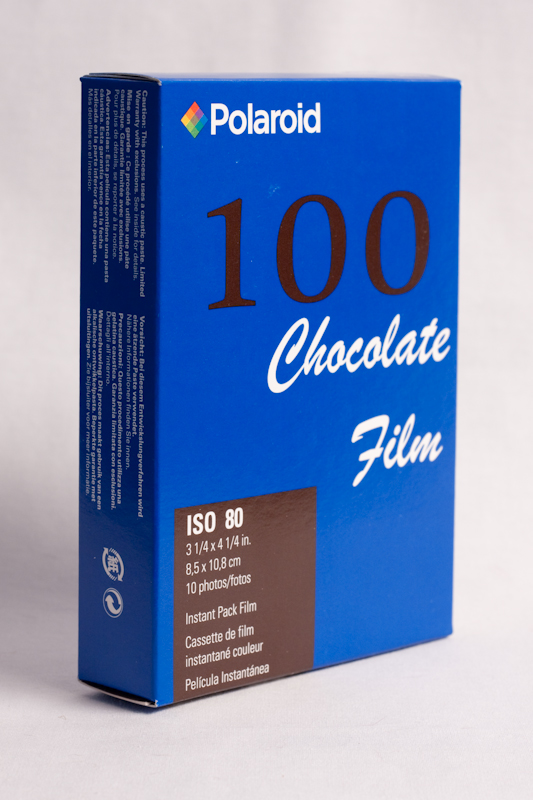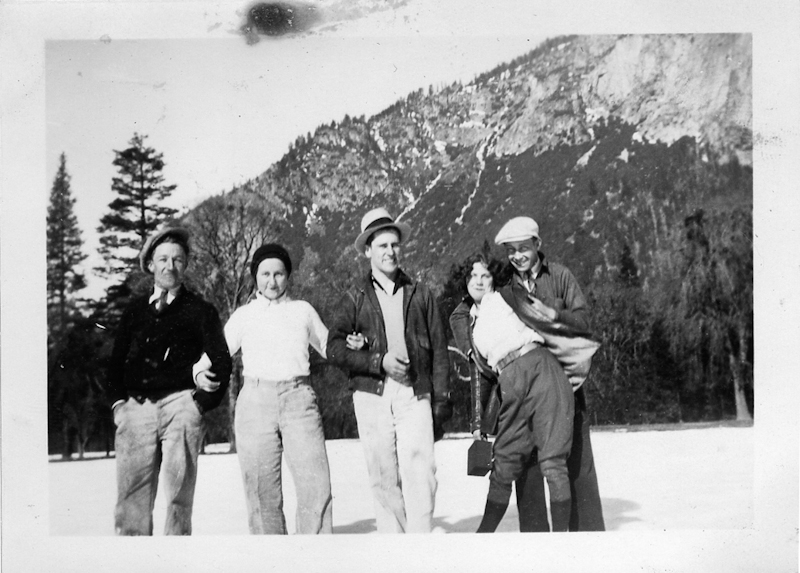 My wife's grandmother died a couple of years ago and at the time we spent a few days going through boxes and boxes of old photos including photos from Yosemite vacations in the 1930's (shown here) and the shipyards of Oakland where she worked during world war II.
My wife's grandmother died a couple of years ago and at the time we spent a few days going through boxes and boxes of old photos including photos from Yosemite vacations in the 1930's (shown here) and the shipyards of Oakland where she worked during world war II.
As we shifted through decades upon decades of memories, it got me thinking about all of the photographs been taken today all around the world. In this digital age a lot of the photographs only exist as photographs as long as the power is on. When the power is turned off, those photos don't exist as photographs anymore. There are just bits of data on a disk indistinguishable from brown bread recipes written in Notepad and Excel spreadsheet shopping lists.
So what will happen when you pass on and the power is switched off forever?
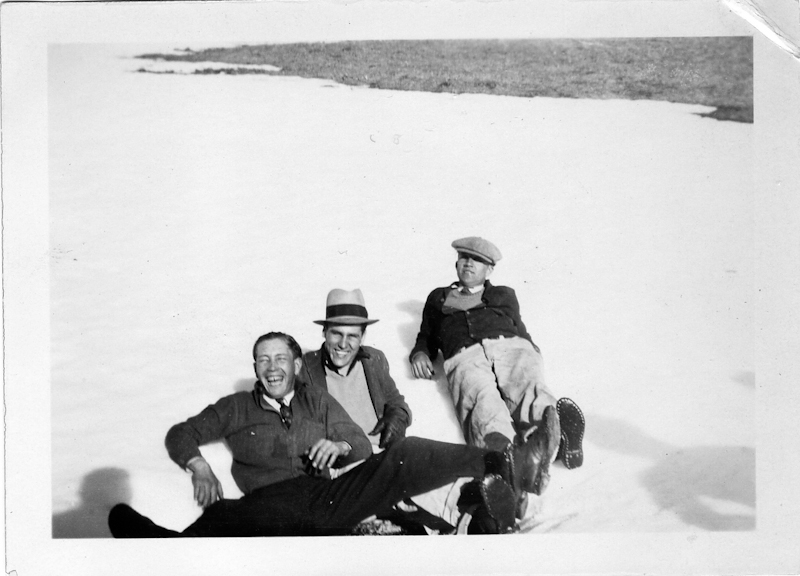
Well, One of the first things that will happen is that your credit cards will be cancelled. What this means for your photographs is that eventually your hosting provider won't be paid and they will start to shut down your blog and website accounts. Also, eventually your domain names will go unrenewed and will start to point to landing pages at Go Daddy or whoever your domain registrar is.
In addition to this, because you have stopped paying, your Flickr account will lose its "pro" status leaving only the last 200 uploads on view.
At home, your computer will eventually be turned off. Since it is probably already obsolete, it may be moved to garage, thrown in the trash or recycling or possibly donated to charity.
Those spare hard drives or boxes of DVDs you diligently backed up to probably won't mean anything to anyone else so they may be tossed or recycled. It is probably unlikely anyone is going to go through them all to find anything of value beyond your financial data and tax documents.
So basically, it is very possible your photos will be lost forever.
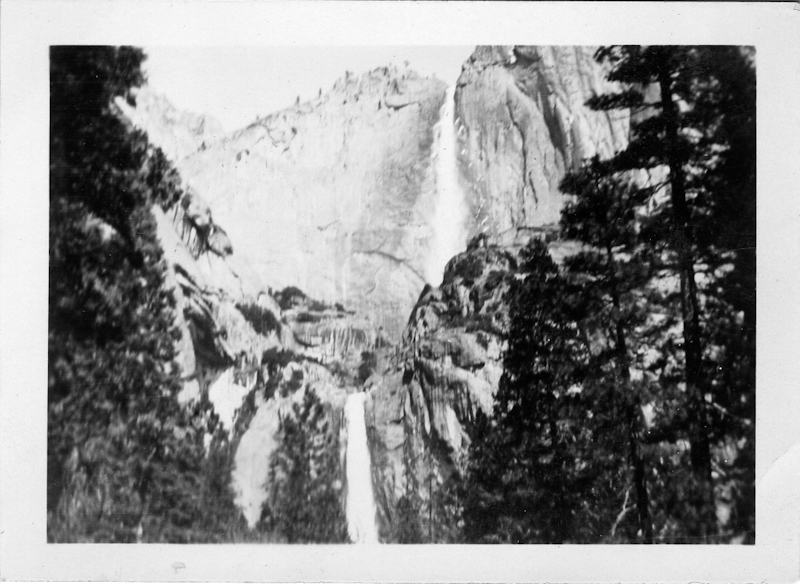
So what can you do?
Personally, I don't care if my "art" photographs are lost or forgotten. But what I don't want lost are my "memories". By that I mean my vacation snapshots with my wife. The photos of New Years Eve with my friends. The photographs that document who I was, who I knew and what I did.
So a few years ago I started to make prints. After every vacation or event, I'd pick 30 or so photos to make 4x6 inch prints on mpix.com. I then put them into small photo albums picked up at Target. Yes, it's all very old school but there is something special about holding a print. Some people say a photograph doesn't exist until you can hold it in your hand and I am inclined to agree. Even now I enjoy going back through the albums and looking at photos from a trip to Spain in 2003 or my honeymoon in Maui.
So what is going to happen to your digital photos when you die?
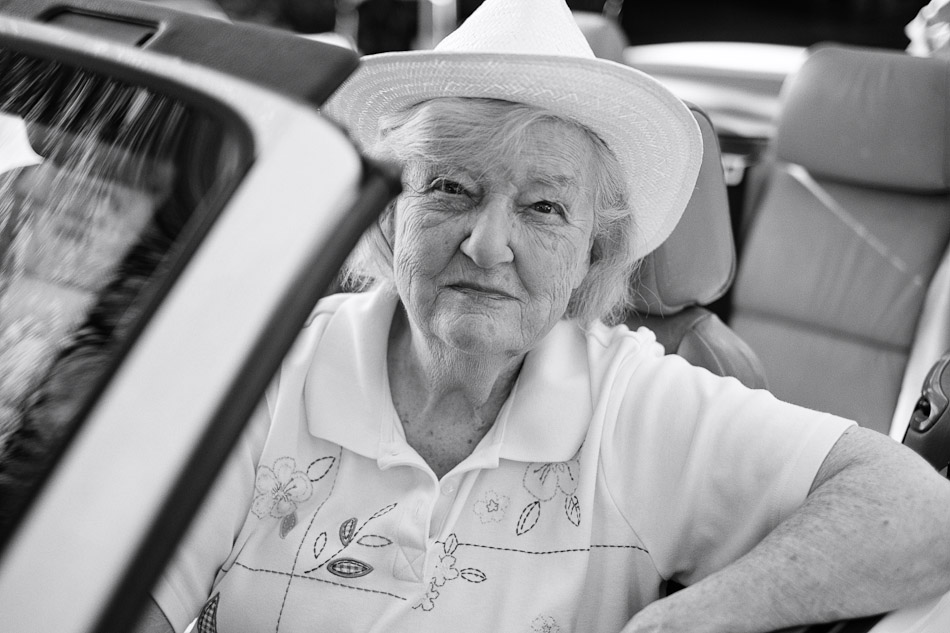
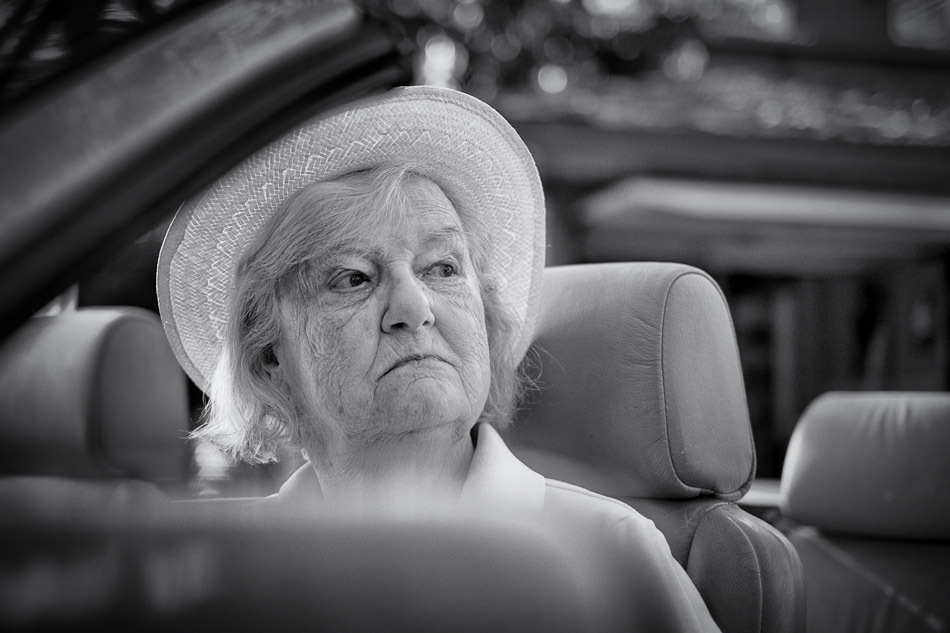

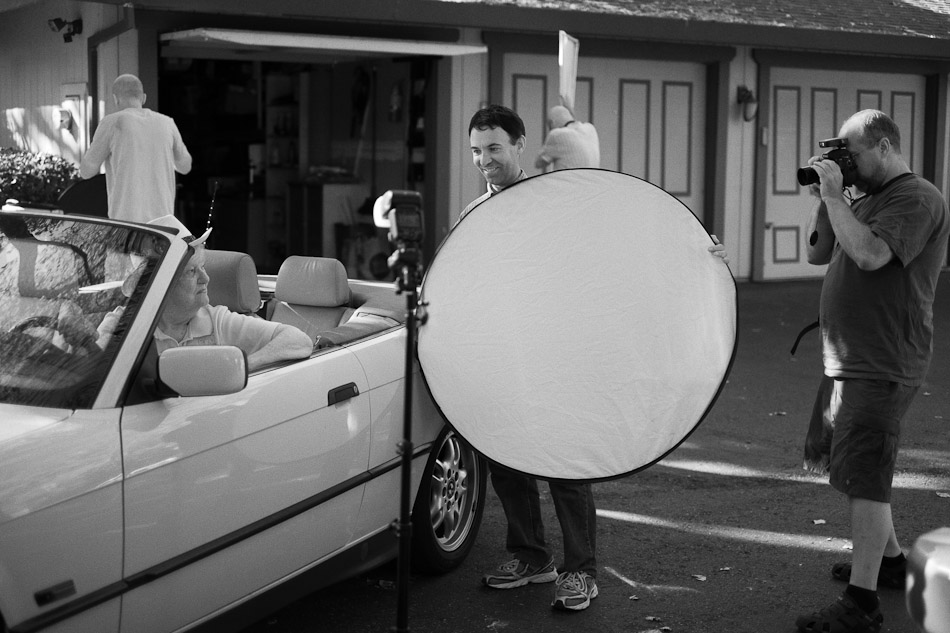

 The general thought on the Internet is that Freestyle's Arista Premium 400 is really Kodak Tri-X that has been rebadged.
The general thought on the Internet is that Freestyle's Arista Premium 400 is really Kodak Tri-X that has been rebadged.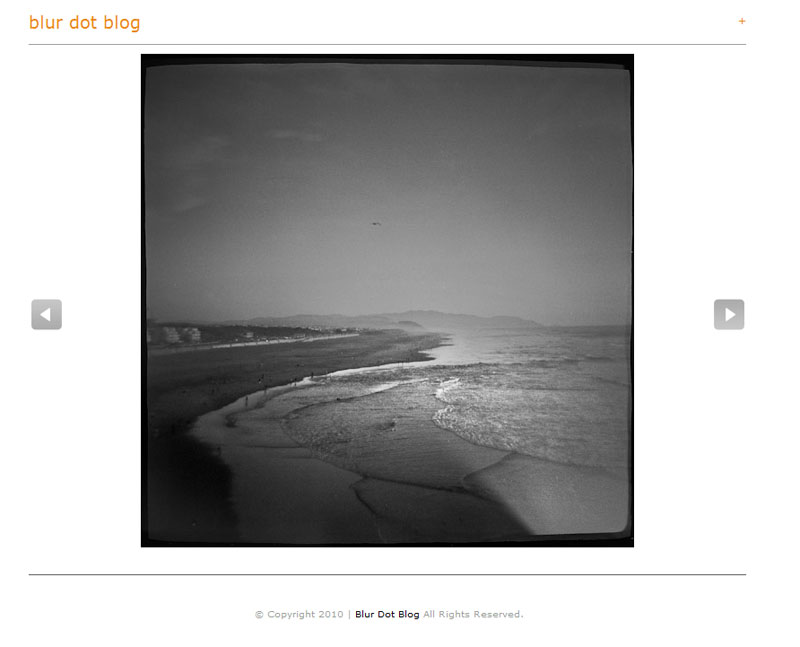

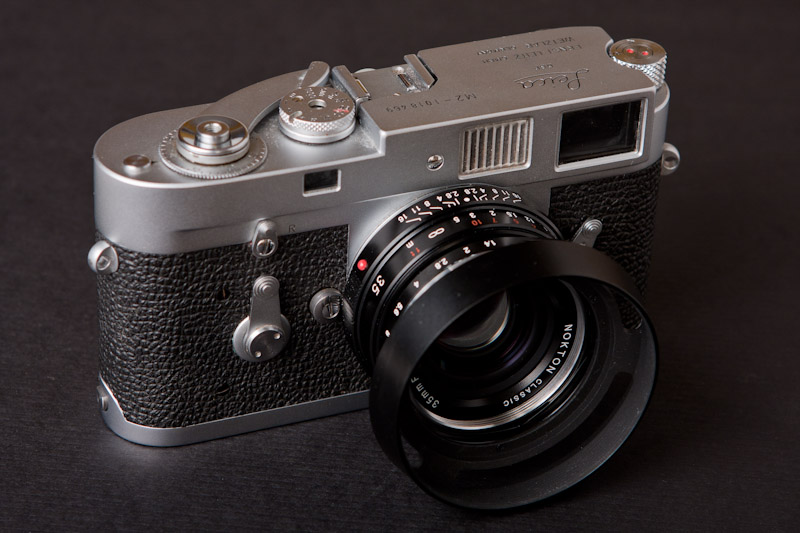 Over the weekend I picked up a Leica M2 35mm rangefinder camera at the San Jose Photo Fair. I had been watching these cameras on eBay to see what the usual prices were and I was planning of buying one around Christmas time. But on Saturday, when I held this M2 in my hand I just had to have it right then and there.
Over the weekend I picked up a Leica M2 35mm rangefinder camera at the San Jose Photo Fair. I had been watching these cameras on eBay to see what the usual prices were and I was planning of buying one around Christmas time. But on Saturday, when I held this M2 in my hand I just had to have it right then and there.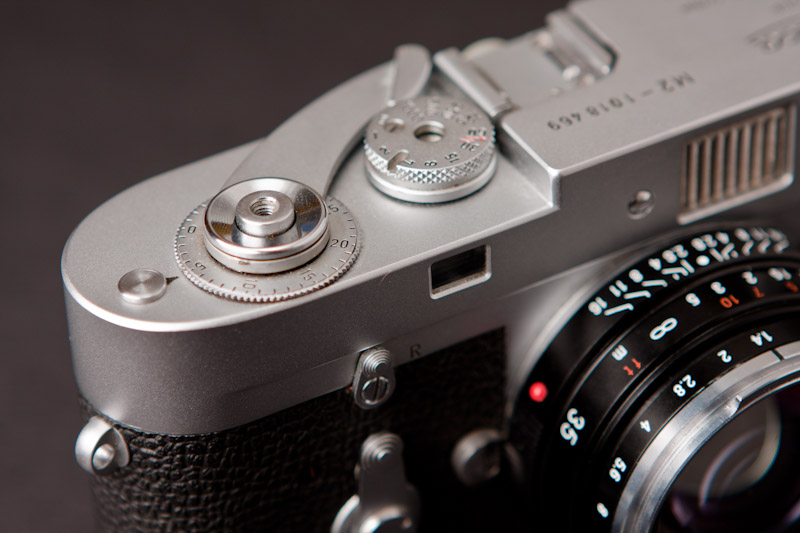
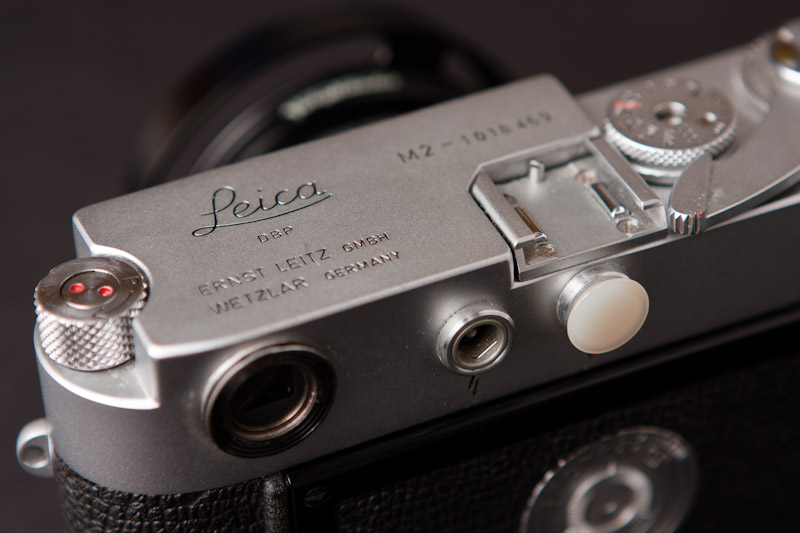
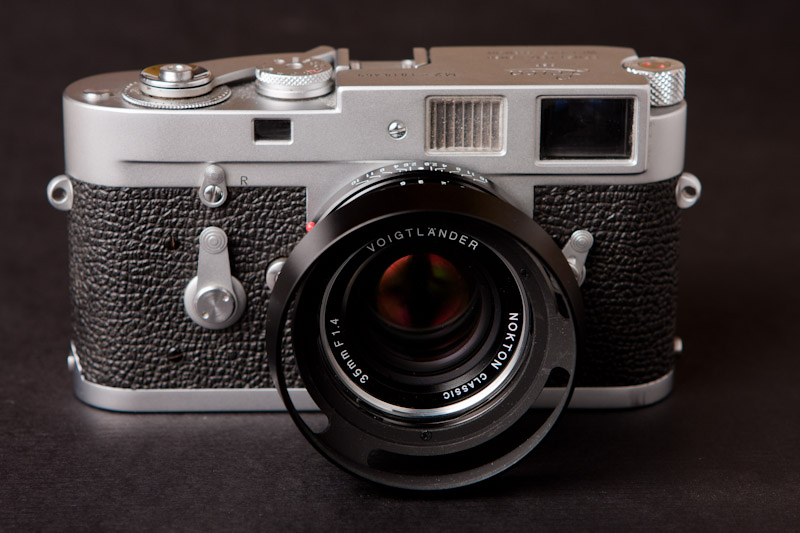
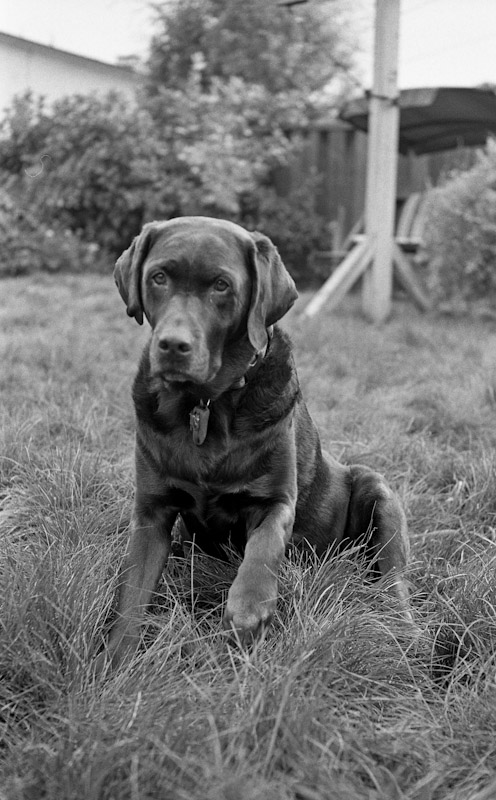
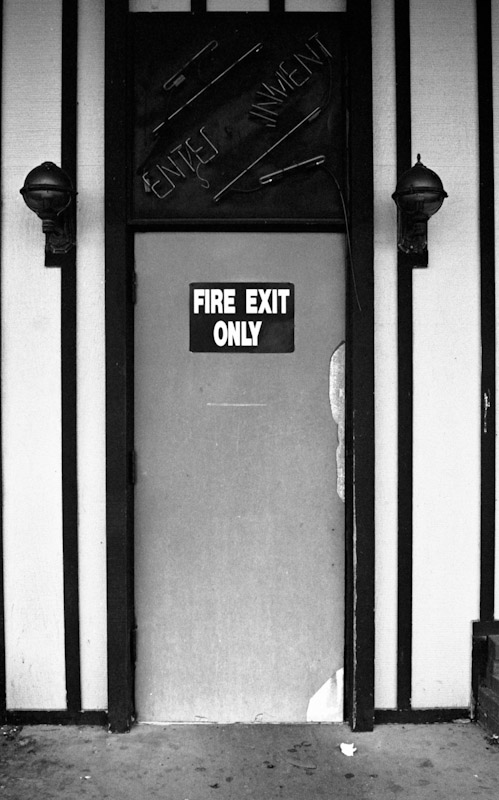
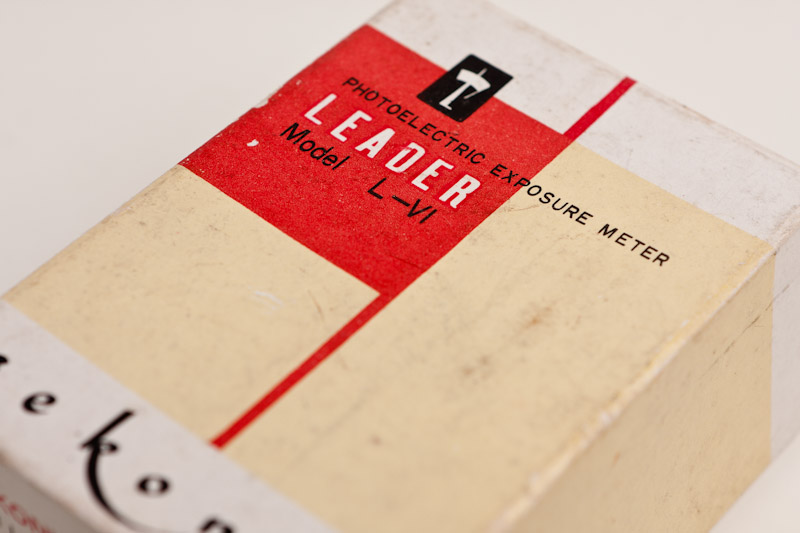 Inspired by the post
Inspired by the post 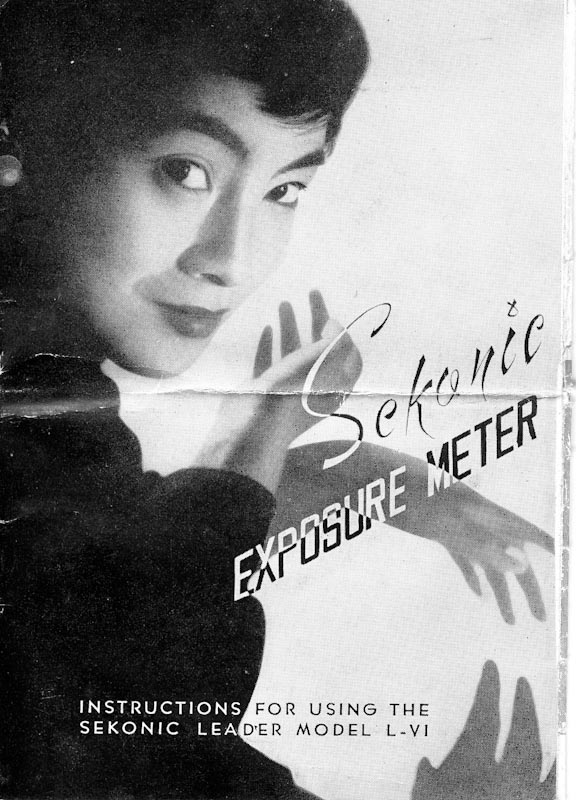





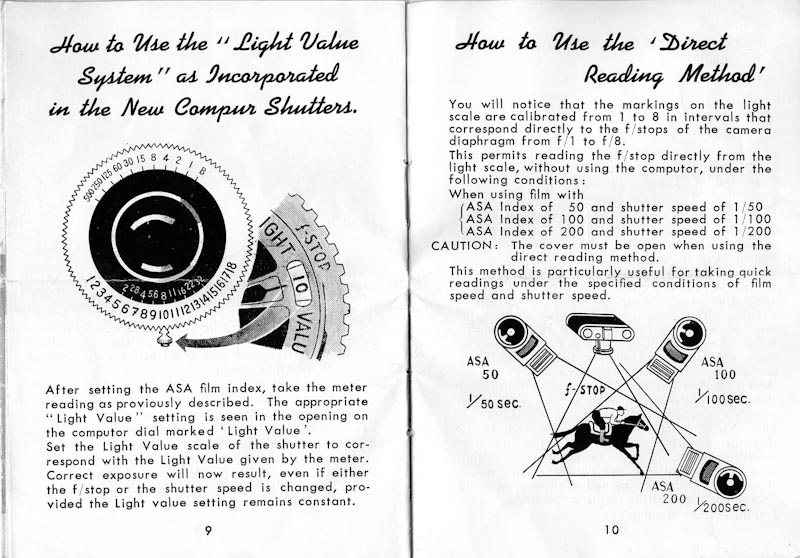
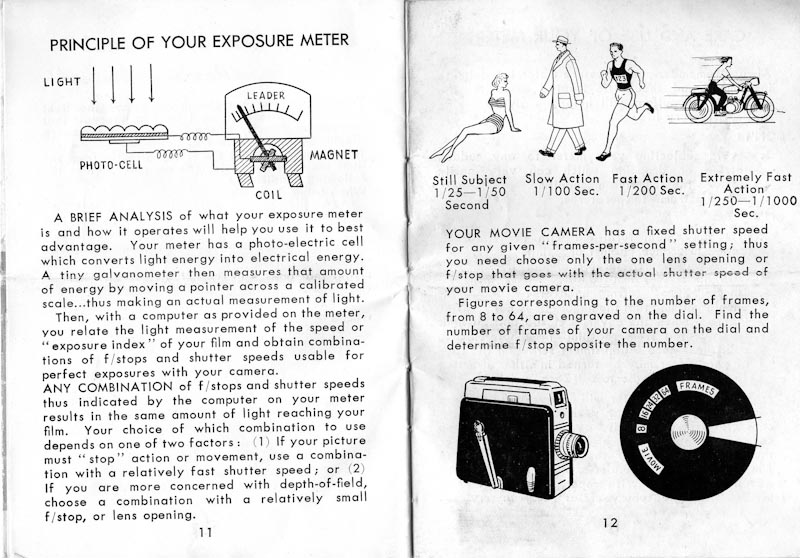

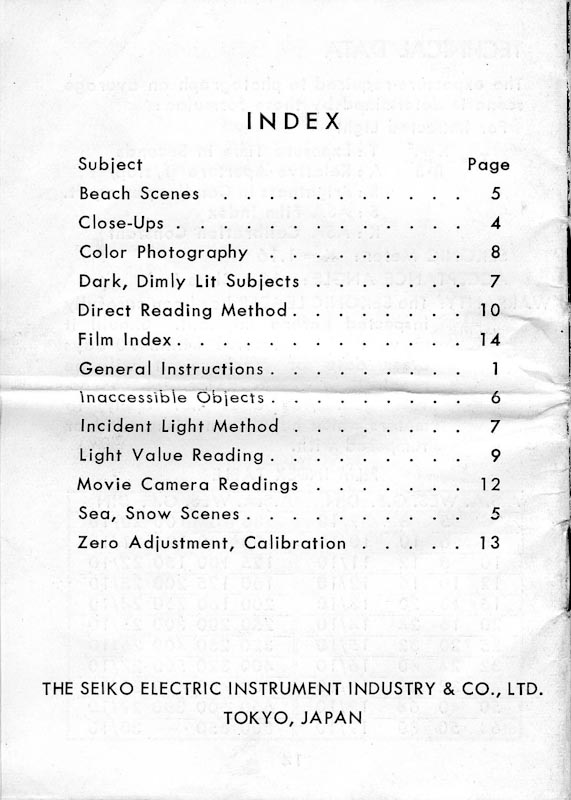
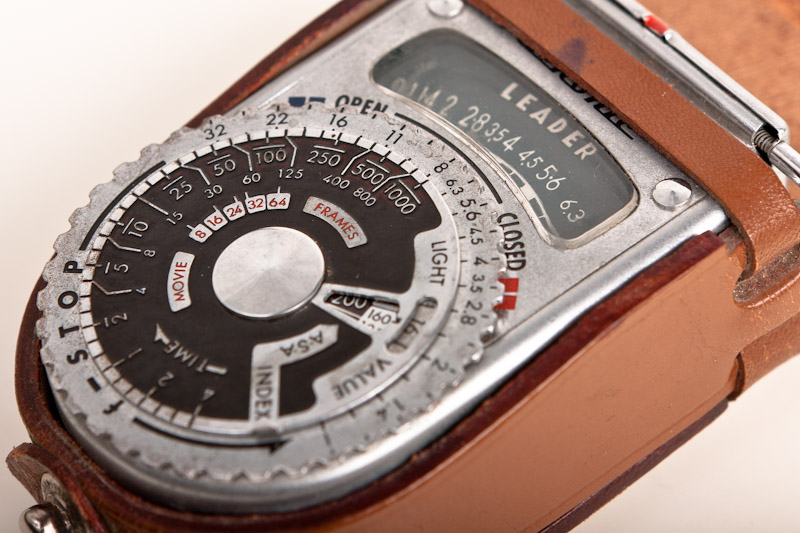
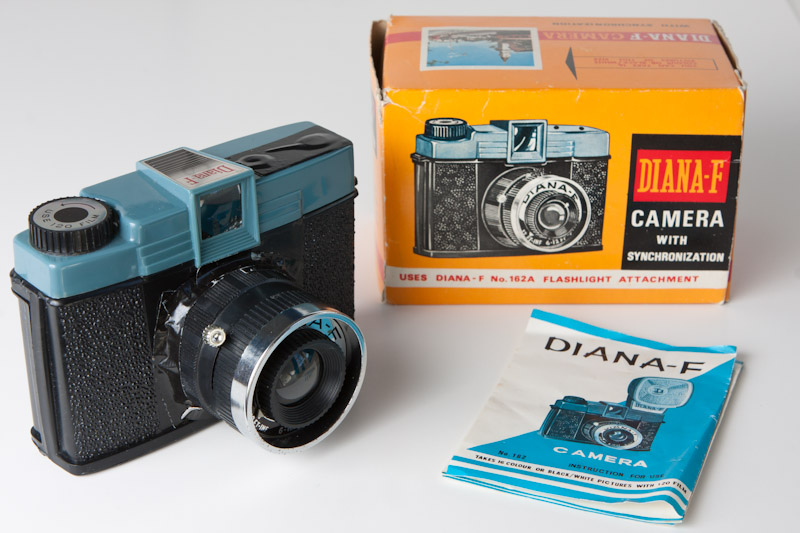 If you follow the world of Toy Camera or Low Fidelity photography, you probably know that this weekend is World Toy Camera Day. In fact, this year WTCD is actually two days and spans October 9th and 10th. In anticipation of that, I dug out my old Diana-F 162B camera and got it ready for use.
If you follow the world of Toy Camera or Low Fidelity photography, you probably know that this weekend is World Toy Camera Day. In fact, this year WTCD is actually two days and spans October 9th and 10th. In anticipation of that, I dug out my old Diana-F 162B camera and got it ready for use.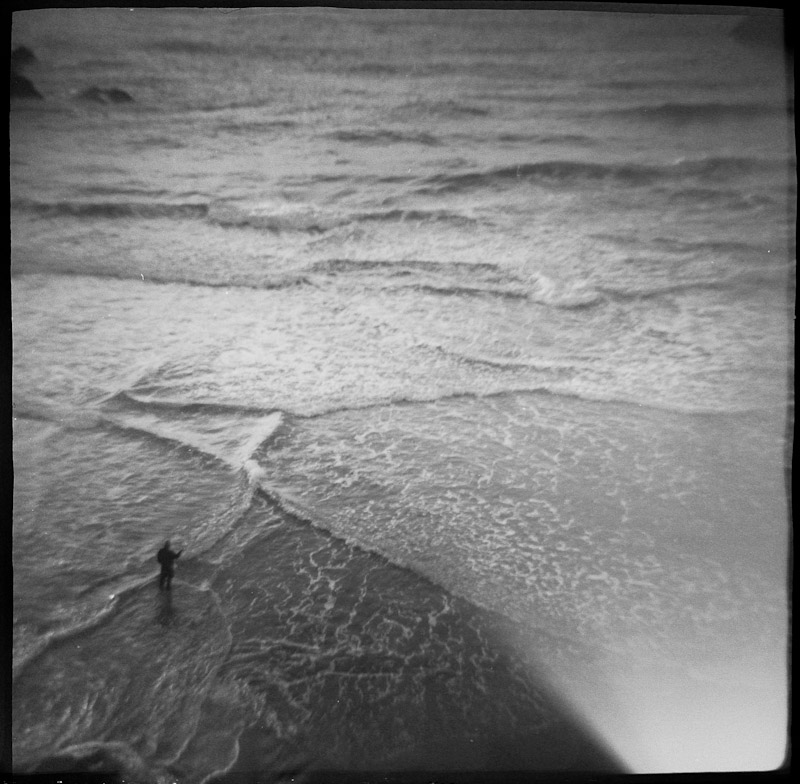
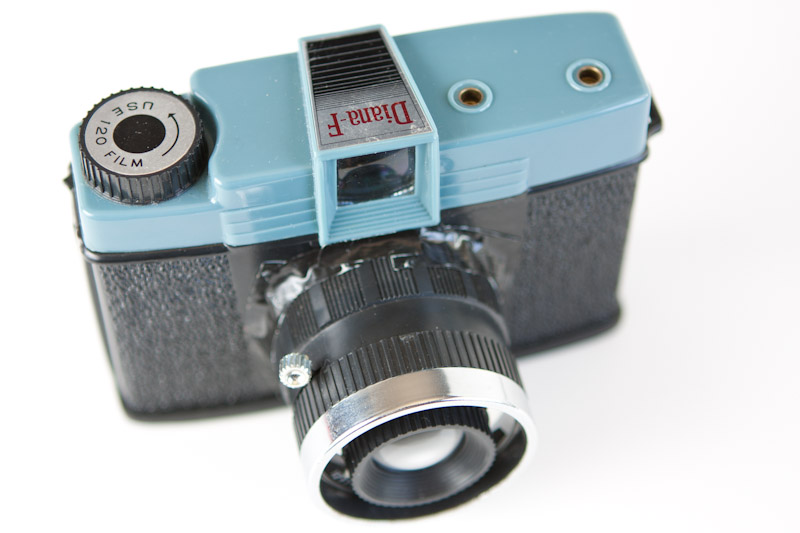
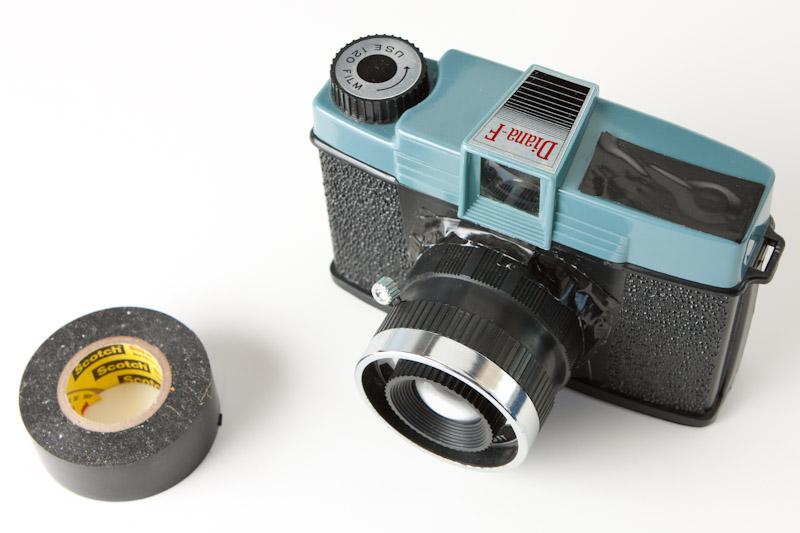
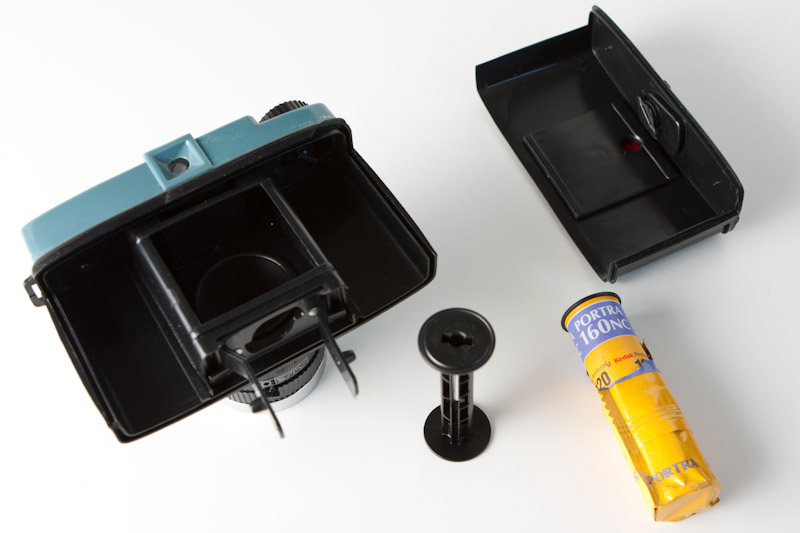
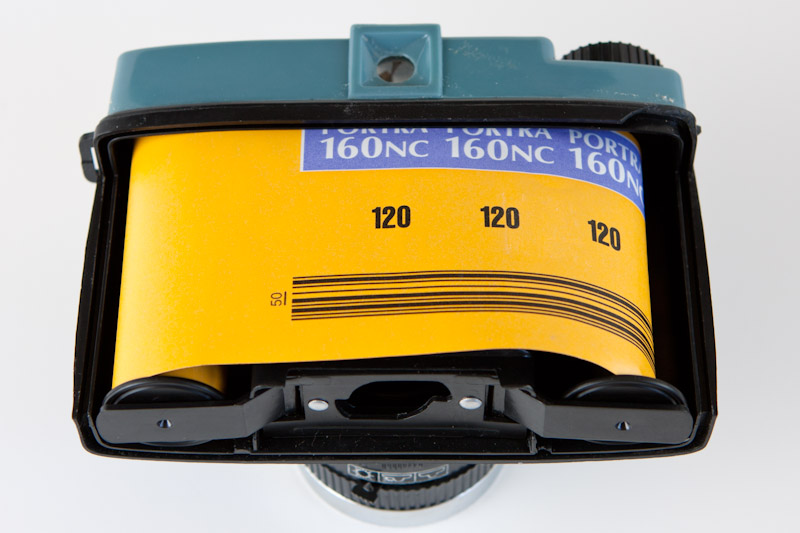
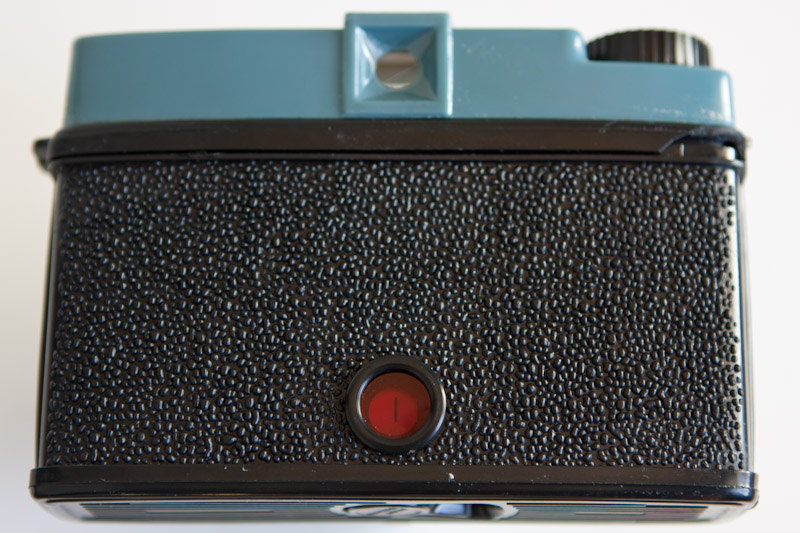
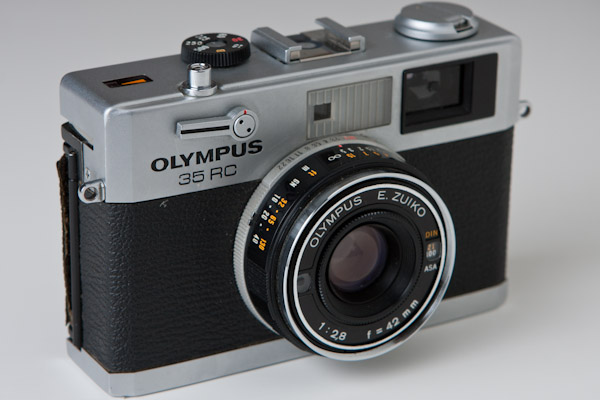
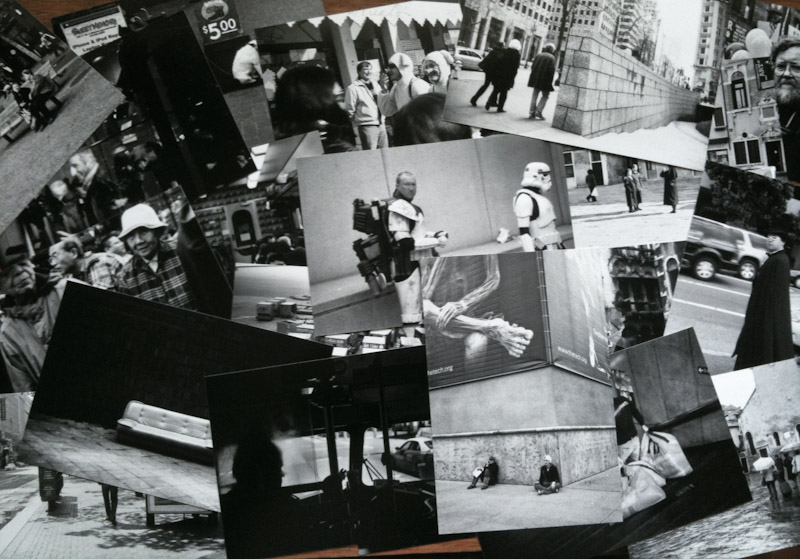 I have been looking at these photos from my street photography collection for a while now but only ever viewed them on my computer screen. Last week I decided to upload a bunch of photos to mpix.com and make some prints.
I have been looking at these photos from my street photography collection for a while now but only ever viewed them on my computer screen. Last week I decided to upload a bunch of photos to mpix.com and make some prints. My wife's grandmother died a couple of years ago and at the time we spent a few days going through boxes and boxes of old photos including photos from Yosemite vacations in the 1930's (shown here) and the shipyards of Oakland where she worked during world war II.
My wife's grandmother died a couple of years ago and at the time we spent a few days going through boxes and boxes of old photos including photos from Yosemite vacations in the 1930's (shown here) and the shipyards of Oakland where she worked during world war II.

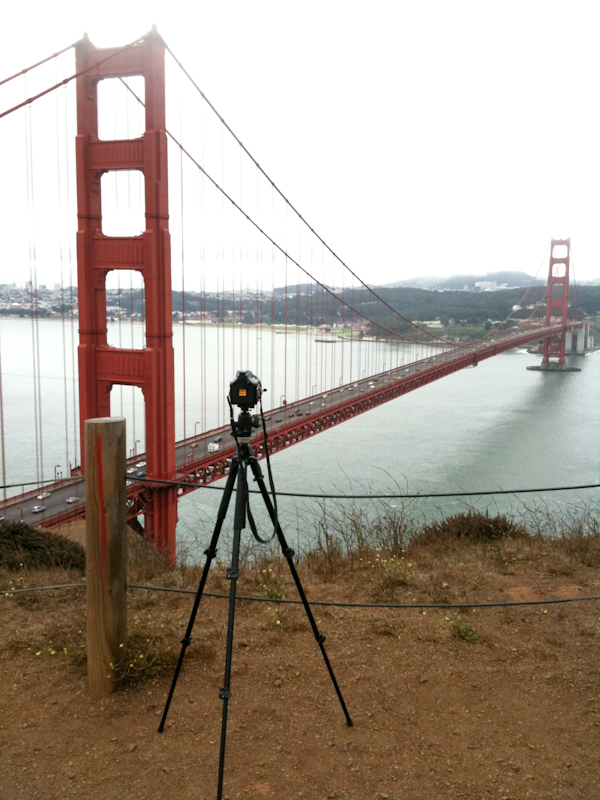
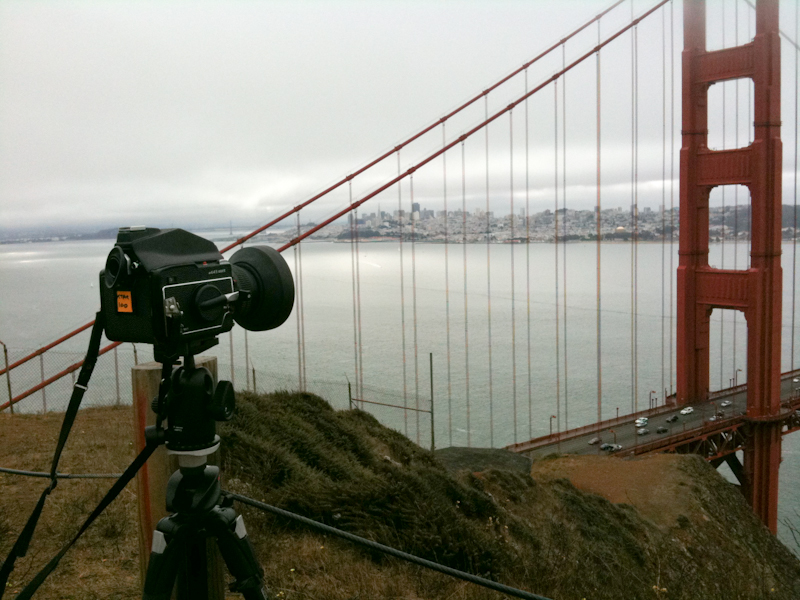
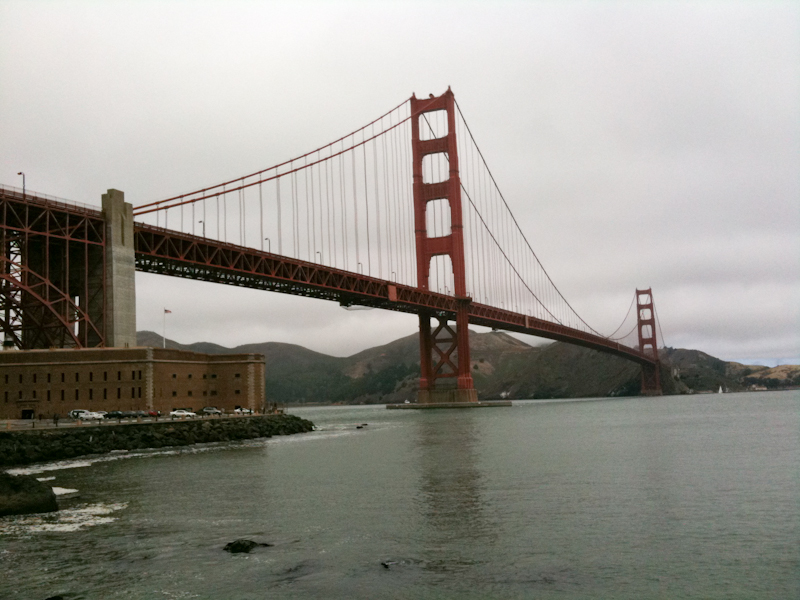
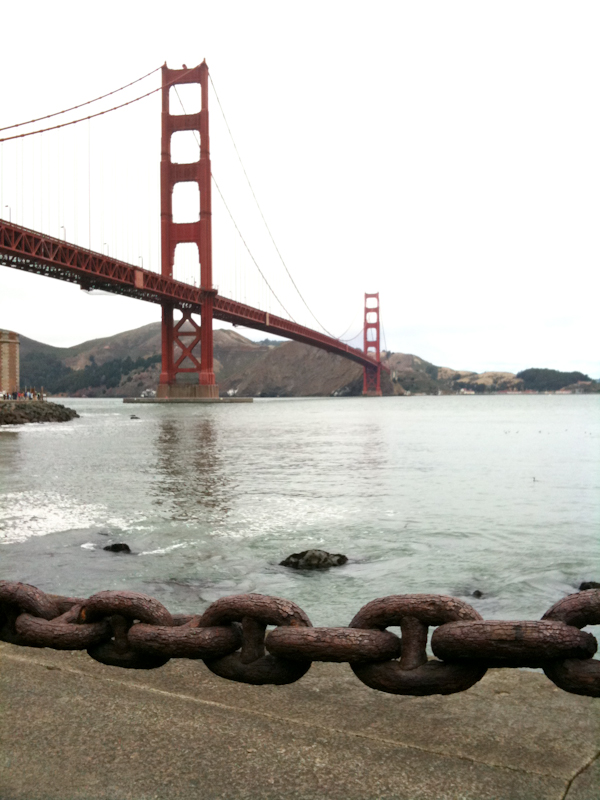
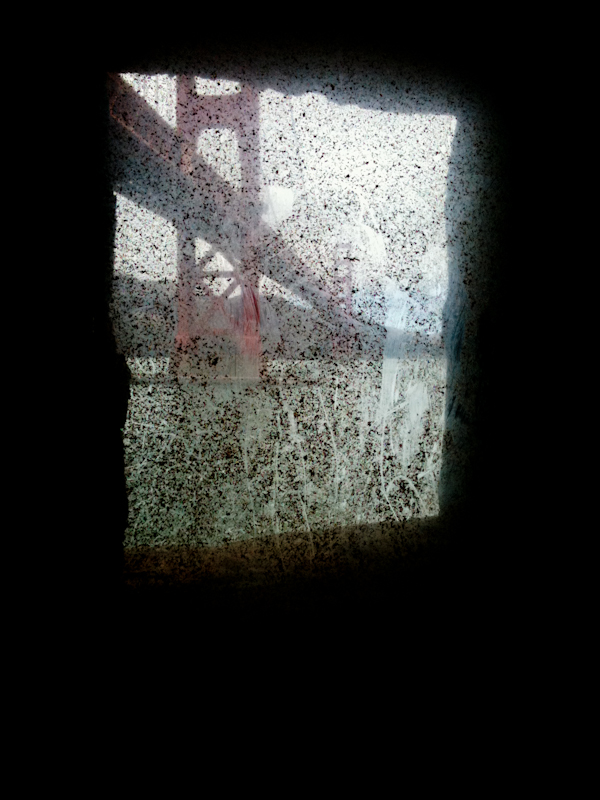
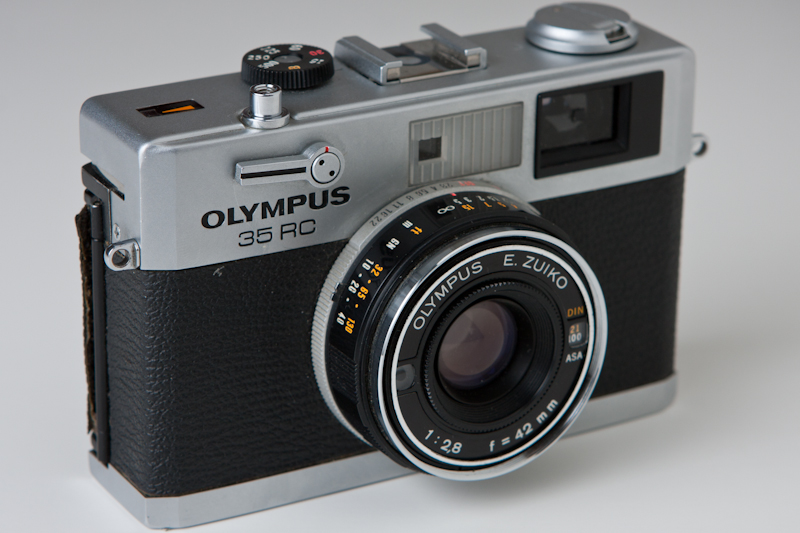 Today I decided to take some shots of my Olympus 35 RC, a compact fixed lens rangefinder from the 1970s.
Today I decided to take some shots of my Olympus 35 RC, a compact fixed lens rangefinder from the 1970s.